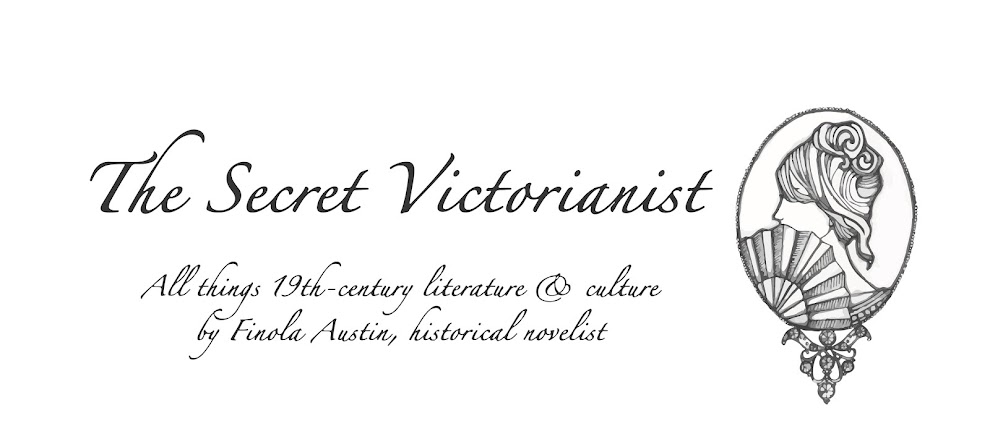I’ve been blogging about
historical fiction for the last six years, and, in 2020, my own debut
historical novel, Brontë’s Mistress,
will be published by Atria Books (more on this here). So this June I was
delighted to attend the biannual North American conference run by the
Historical Novel Society (HNS) and to connect with other lovers and writers of
historical fiction there.
This year (the first year I’ve
attended) the conference was held in the Gaylord National Resort and Convention
Center, just outside Washington DC. We enjoyed keynotes from Dolen
Perkins-Valdez and Jeff Shaara, period-specific panels and talks on everything
from the roaring 20s to the Romanovs to French revolutionaries, and insights
from agents and editors with a focus on #HistFic. In true historical fashion,
attendees also donned their best period costumes for drinks, a banquet and a
ball, while some tested their skills in swordsmanship.
In this post I wanted to share
some of my personal highlights from the conference (if I can decipher the
handwriting in my notebook!).
“Extraordinary women in extraordinary times"
This is how Rachel Kahan,
Executive Editor at William Morrow, summed up the current landscape in
historical fiction in the opening State
of the State of the HF Industry roundtable. This phrase struck me and set
the stage for many of the talks I enjoyed over the weekend. As a writer who
focuses on real women who have been overlooked in the historical record, I love
this descriptor!
“People are interested in how art is made”
Carrie Callaghan and Laura
Morelli led a coffee discussion about historical fiction based on the lives of
artists and the challenges of ekphrastic writing (i.e. describing a piece of
visual art through words). Two ideas stayed with me from this session. First,
writers and artists both experience an absorption in their work while creating.
Writing about this feeling and process can be fascinating. Second, it can be
difficult for a writer to balance featuring their artist character doing menial
work with the tensions that come from interpersonal conflict. Any time you can
combine the two will serve you well.
“Where the archive is silent"
Writer and keynote speaker Dolen
Perkins-Valdez was the most eloquent speaker of the conference. Almost
everything she said was tweetable/quotable. I loved how she described the work
of the historical novelist as speaking “where
the archive is silent”, as it mirrors my own writing experience, where I
strive to be true to the historical record but get most excited where there’s a
mystery I can speculate on. I also thought the writing exercise she suggested
was genius. She urged us to write the same scene set in 1750, 1850 and 1950
without conducting any new research to demonstrate how much we already know and
feel about different periods without being weighed down by the burden of
history.
“The paranormal circumvents societal propriety”
Gaslamps, Ghosts & Tropes, a discussion between Nicole Evelina, Clarissa Harwood, Leanna
Renee Hieber and Kris Waldherr, on Gothic novels, was my favourite panel of the
conference. Hieber’s argument that paranormal activity (whether ‘real’ or
imagined) allows characters in historical periods with stricter social
etiquettes to step outside their normal boundaries was particularly resonant.
“You need to feel that anyone could win”
The second keynote speaker, Jeff
Shaara, specialises, like his late father, the Pulitzer Prize winning Michael
Shaara, in depicting famous conflicts, from the Revolutionary War to the
American Civil War to the World Wars, from multiple character perspectives. I
loved his advice that for a novel like this to be successful the reader has to
feel that the outcome of the battle is anything but certain, even if they know
the winner in reality.
“There are practical reasons to write dual time periods”
Another great panel was led by
Kate Quinn and Beatriz Williams on the topic of historical novels that
alternate between at least two periods (one of which may be contemporary). I’ve
reviewed novels in the past (e.g. Meredith Jaeger’s The Dressmaker’s Dowry) which have struggled to pull off this
structure but I’m fascinated by its current popularity. Quinn and Williams
mentioned some practical reasons why writers might want to consider this
structure: novels like this can be shelved in several areas of the bookstore
and/or appear in multiple sections of Amazon, a dual narrative can help you
sell a novel featuring a ‘less popular’ period of history and the inclusion of
a modern perspective can make historical fiction less intimidating for
infrequent readers of the genre. Fascinating stuff!
Meeting all the people
The biggest highlight of the
conference was meeting fellow writers with a passion for depicting the past. I
spoke to so many people! It was most exciting to spend time with Elizabeth
Blackwell, as we share the same literary agent, and ‘Twitter friends’ who I was
finally able to meet in person.
Buying all the books
Warning: there’s a side effect of
going to a conference like this. I now have SO MANY new novels on my #TBR (to
be read) list. Here’s a peek into what titles have made it onto my bedside
table already:
On a Cold Dark Sea, Elizabeth
Blackwell
A Light of Her Own,
Carrie Callaghan
The Lighthouse Keeper’s Daughter, Hazel Gaynor
A Lady of Good Family, Jeanne Mackin
Wench, Dolen
Perkins-Valdez
The Lost History of Dreams, Kris Waldherr
Were you at the HNS conference?
What did you think? Or do you have any questions about attending a writing
conference in the future? Let me know—here, on Facebook or by tweeting
@SVictorianist.
P.S. Want an inside peek at my
writing and non-writing life? You can now follow finola_austin on Instagram!



It was a great pleasure meeting you! I look forward to your debut novel--and all that follow!
ReplyDeleteIt was lovely to meet you too, Margaret. Thank you!
DeleteGreat take aways! It was nice to meet you. :)
ReplyDeleteThank you and likewise :)
Delete